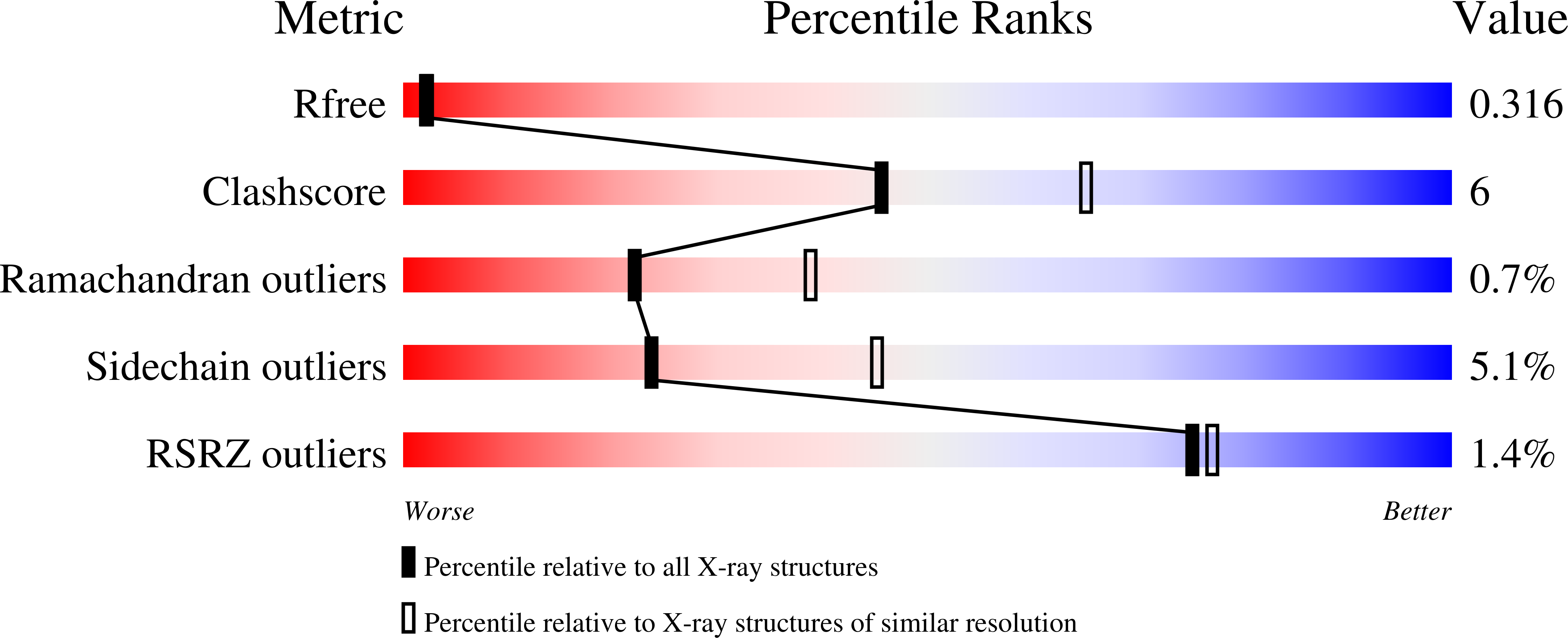
Deposition Date
2013-11-09
Release Date
2014-05-21
Last Version Date
2024-10-16
Entry Detail
PDB ID:
4NJD
Keywords:
Title:
Structure of p21-activated kinase 4 with a novel inhibitor KY-04031
Biological Source:
Source Organism:
Homo sapiens (Taxon ID: 9606)
Host Organism:
Method Details:
Experimental Method:
Resolution:
2.50 Å
R-Value Free:
0.32
R-Value Work:
0.23
R-Value Observed:
0.23
Space Group:
P 41 21 2


